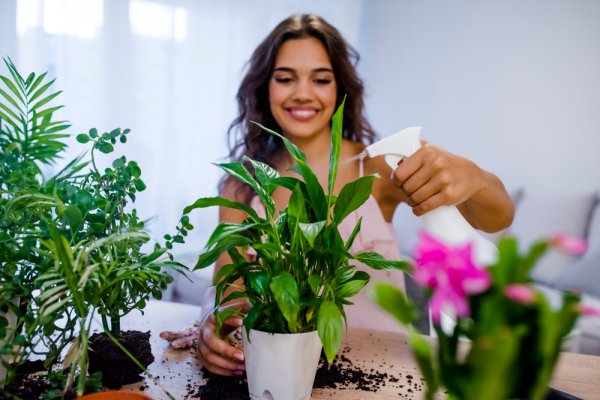Indoor gardening is a popular hobby for people who love plants and flowers but may not have access to an outdoor garden or live in a climate that is not conducive to growing plants year-round. With the right tools and techniques, anyone can create a beautiful and thriving indoor garden in their home.
The Benefits of Indoor Gardening
There are many benefits to growing plants and flowers indoors. One of the main benefits is the ability to enjoy the beauty of nature even if you live in an urban area or have limited outdoor space. Indoor gardening also has a positive impact on air quality, as plants release oxygen and absorb carbon dioxide. Studies have shown that indoor plants can also reduce stress and improve mental health.
Choosing the Right Plants

Before you start your indoor garden, it’s important to choose the right plants. Some plants are better suited for indoor environments than others. Consider factors such as the amount of light your home receives, the humidity levels, and the temperature. Some popular indoor plants include:
- Spider plants
- Pothos
- Peace lilies
- Snake plants
- Philodendrons
Tools and Techniques
Once you’ve chosen your plants, it’s important to have the right tools and techniques to ensure their success. Here are some tips for successful indoor gardening:
Lighting
Most indoor plants require at least 6 hours of sunlight per day. If your home doesn’t receive enough natural light, you can use artificial lighting such as grow lights to supplement. Place the lights 6-12 inches above the plants and keep them on for 12-16 hours per day.
Watering
 Overwatering is a common mistake in indoor gardening. Make sure to check the soil moisture level before watering. Stick your finger into the soil about an inch deep. If the soil feels dry, it’s time to water. Water thoroughly, but make sure the soil is well-drained to avoid root rot.
Overwatering is a common mistake in indoor gardening. Make sure to check the soil moisture level before watering. Stick your finger into the soil about an inch deep. If the soil feels dry, it’s time to water. Water thoroughly, but make sure the soil is well-drained to avoid root rot.
Fertilizing
Indoor plants often require fertilization to thrive. Use a balanced fertilizer with equal amounts of nitrogen, phosphorus, and potassium. Follow the instructions on the package and fertilize every 2-4 weeks during the growing season.
Pests and Diseases
Indoor plants can be susceptible to pests and diseases. Keep an eye out for signs of infestation such as yellowing leaves, sticky residue, or webbing. If you notice any issues, isolate the affected plant and treat it with an appropriate pesticide or fungicide.
Indoor gardening is a rewarding and enjoyable hobby that can bring the beauty of nature into your home. With the right plants, tools, and techniques, anyone can create a thriving indoor garden.




